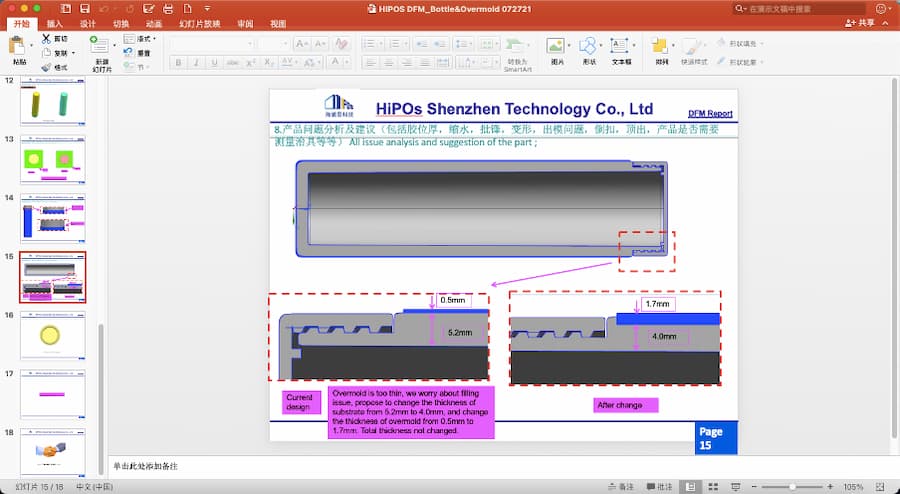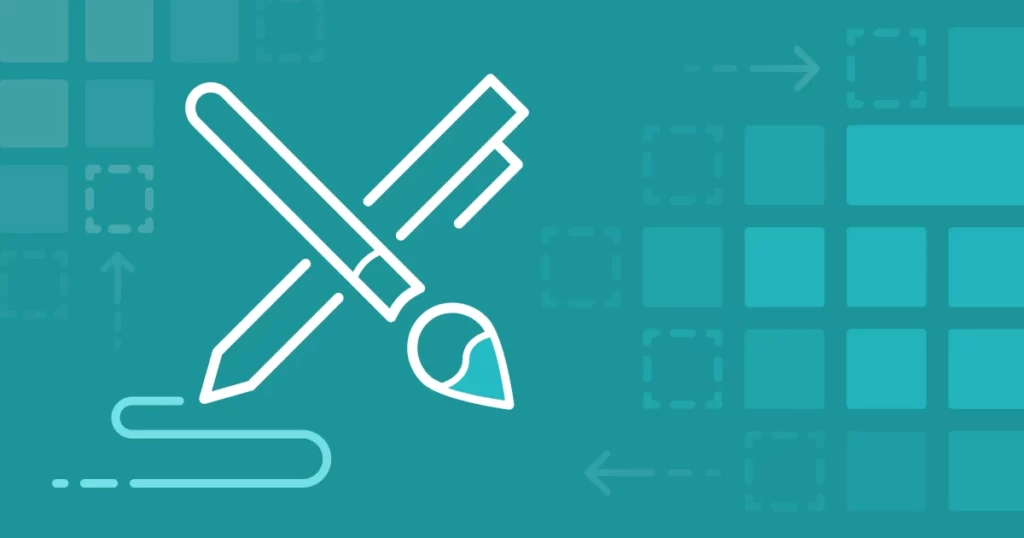
What Is DFX and DFM?
DFX first started as “Design for Excellence”, which means design excellence. The word “Excellence” can be extended to various fields and orientations in the hope that products can be designed to be more outstanding and perfect. Since perfection is almost endless, many people have replaced Excellence with Manufacturability, Testability, Inspection, Repairability, Recycle, and Cost. Cost…etc. represent the requirements of each aspect of the product in its life cycle.

In particular, the manufacturing department with process capability limitations is the most important, expecting the new product design to meet the requirements of high quality, low cost, and easy operation in their respective directions. The actual result is often … do not say it! Therefore, as a product designer, you are actually very poor, in the beginning of the product has carried a lot of mission and other people’s expectations, because the quality of the product is designed out, and the final success of the product is also your halo, so do not shirk ~
However, there may be many conflicting demands on DFX from different units, and the one who screams the loudest at this time is usually the manufacturing department, which is the role that Working Bear used to play.
For example, low cost often means low quality or replacing expensive parts with hand-welding, and the requirement that the product cannot be disassembled by the customer usually means that repair is impossible. But Working Bear has also seen some great RDs who can often break out of the chaos and strike a balance among all parties and still meet the cost requirements, which should really be given a “kudos” ~
In addition, with the advancement of technology, some processes that could not be done before may have become achievable now, so we should not stick to the old ways and seek room for technological progress together.
The different parties in the DFX needs will be accompanied by some trade-offs (trade-off) and communication, can not get the new product meeting to discuss the consensus, and then can not get the report to the project meeting by the big guys to decide, once the big guys have decided, the little guys will not have to bear the responsibility of their own (the way to survive under the system ah!). The project will be reported to the project meeting for decision by the big guys.
In fact, when a new product is ready to be Kick-off at the beginning of the layer peaks should explain what the requirements and expectations of the product is, because many needs are often destined to sacrifice a certain part of the requirements, so that we can also have a more consistent goal, we can work together to make the product can be born smoothly.
DFX can also be considered as the abbreviation of “Design for X”, and this “X” can represent the various aspects of a product’s life cycle.
- DFM: Design for Manufacturability
- DFA: Design for Assembly
- DFT: Design for Testability
- DFI: Design for Inspection
- DFR: Design for Repair
- DFA: Design for Automatic
- DFC: Design for Cost
DFM: Design for Manufacturability
Design for manufacturability (DFM)” is also often referred to as “concurrent engineering or simultaneous engineering” or “design for productivity or assembly”. “Compared with the traditional manufacturing method, where the R&D engineer builds his own prototype by hand and sends it directly to the production line for assembly without the input of the production line and the manufacturing engineer, and then the manufacturing unit feeds back its opinion, it enjoys the advantages of shortening the design time and reducing the development cost.
Usually, a manufacturability team consists of RDs, manufacturing engineers, marketing representatives, finance managers, supplier chain and other program stakeholders (including customers). Because of the inclusion of all parties, the manufacturability, assemblability, inspectability, maintainability, recyclability, cost compliance, etc. of the product can be considered at the beginning of the product design, instead of waiting until the product is designed and then folding it and revising the design again. Therefore, it will help to speed up the completion of the project and avoid the delays often encountered in traditional production methods, as well as reduce the number of trial production and redesign costs.
Thanks to modern technology and strong computer computing power, in fact, many of the DFM checklists (Checklist) can now use computer CAD to do prior inspection, especially for PCB and PCBA design, more can reduce human error and shorten the inspection time, but still have to manually enter the conditions and maintenance, conditions will also need to be amended with time and technological advances. And some conditions have to look at the severity and then use manual judgment, so it is best to distinguish the conditions must be modified (must), recommended (recommended), can not be modified (minor).

Entering the global manufacturing industry can be quite intimidating. But don’t let that stop you because you are so close to bringing your idea to life. At HIPOS Shenzhen Technology Co., Ltd, we simplify managing your projects with our excellence and do things in right way. We encourage you to reach out to us if you have any questions because we are always here for you. Our incredible team will help you on your journey from Concept to Reality and Design for Excellence so that you can be confident that you are providing the best product for your company.

